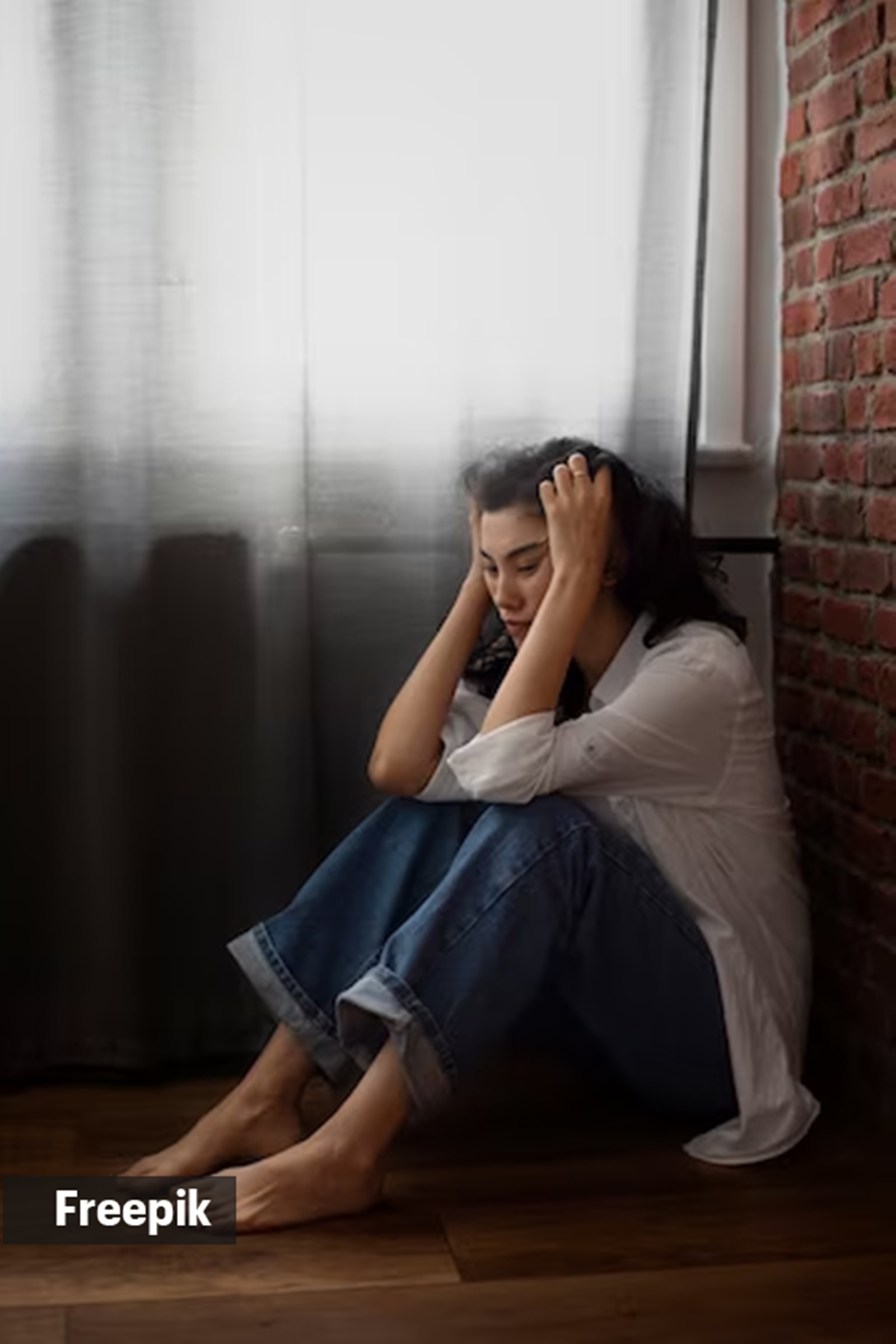- India
- International
Take control of your anxiety: 5 easy exercises to integrate into your daily routine
Feeling overwhelmed by anxiety? Here are some easy exercises you can start doing right now to manage it.
 Exercise is like a natural stress fighter for your brain and body, says Dr Pallavi Singh, founder of Stride Podiatry (Source: Freepik)
Exercise is like a natural stress fighter for your brain and body, says Dr Pallavi Singh, founder of Stride Podiatry (Source: Freepik)Today, most of us are familiar with the debilitating feeling of anxiety. This feeling can take several forms, and affect individuals not only mentally and emotionally, but also physically. In more serious cases of anxiety disorders, it can become life-altering.
In simple terms, anxiety is the fear of the unknown and is often accompanied by physical symptoms such as rapid heartbeat, trembling, and gastrointestinal issues. When experienced consistently, it can take a toll on the person’s health and mental well-being, resulting in their inability to function normally in daily life.
As a result, it becomes imperative for everyone to take a step back and calm their nerves down whenever needed.
Dr Pallavi Singh, founder of Stride Podiatry says that exercise is like a natural stress fighter for your brain and body. Adding, Pooja Thawrani, founder of Balance Yoga Studio, tells indianexpress.com, “From a yoga practitioner’s viewpoint, the calming effect of yoga and similar exercises on anxiety is not just physical but deeply rooted in the mind-body connection.” She stresses that in addition to these exercises, what is also important is cultivating a mindful, balanced lifestyle that supports overall well-being.
What effects do calming exercises have on the body?
Dr Singh suggests that the key is to move regularly. “Even a brisk walk for 20-30 minutes most days of the week can make a big difference in how calm and stress-free you feel,” she says. Exercising regularly to calm your mind can help in several ways:

Releases ‘happy’ chemicals
When you exercise, your body releases endorphins. These act like little messengers that improve your mood and make you feel more relaxed, pushing away those anxious jitters.
Controls stress hormones
Exercise helps your body put a restraint on the release of stress hormones like cortisol. Too much cortisol can make you feel anxious, but exercise keeps it in check.
Better sleep, better mood
Regular exercise can help you sleep soundly at night. When you’re well-rested, you’re naturally less edgy and better able to handle stress, making anxiety less likely to take hold.
Other mood-regulators
Exercise also increases the production of other neurotransmitters like serotonin and dopamine, which play a role in mood regulation and feelings of pleasure and reward.
 Anxiety is the fear of the unknown and is often accompanied by physical symptoms such as rapid heartbeat, trembling, and gastrointestinal issues. (Source: Freepik)
Anxiety is the fear of the unknown and is often accompanied by physical symptoms such as rapid heartbeat, trembling, and gastrointestinal issues. (Source: Freepik)
5 relaxing exercises that can help calm anxiety
According to Dr Singh, anxiety often manifests physically, leading to shallow breathing and muscle tension. Here are five exercises, grounded in well-understood physiological principles, she says, that can effectively combat these symptoms and promote a sense of calm:
Deep breathing (diaphragmatic breathing)
This technique stimulates the parasympathetic nervous system, which governs the body’s relaxation response. By focusing on slow, deep breaths that expand your abdomen (diaphragmatic breathing), you activate the vagus nerve, leading to a decrease in heart rate and a reduction in stress hormones like cortisol.
Progressive muscle relaxation (PMR)
PMR capitalises on the mind-body connection. By intentionally tensing and releasing different muscle groups, you heighten your awareness of physical tension associated with anxiety. This allows for a more deliberate release of tension, promoting a relaxed state throughout the day.
Guided visualisation
Visualisation leverages the power of imagery to create a sense of calm. By focusing on a peaceful and serene mental image, you distract yourself from anxious thoughts and activate brain regions associated with relaxation. This can effectively reduce activity in the amygdala, a part of your brain that is a key player in processing fear and anxiety.
Body scan meditation
This mindfulness technique cultivates awareness of bodily sensations without judgment. By systematically focusing your attention on different parts of your body, you can identify areas of tension or discomfort. Simply acknowledging these sensations, without judgment, can facilitate their release. This practice promotes a sense of present-moment awareness, disengaging you from ruminative anxieties.
Mindful movement
Combining gentle physical activity with mindfulness, mindful movement exercises like yoga or tai chi, offer a two-pronged approach to anxiety reduction. Focusing on your breath and how your body moves keeps you present in the moment, effectively diverting attention from anxious thoughts. Additionally, the physical activity component promotes the release of endorphins, natural mood-elevating neurotransmitters that further contribute to a sense of well-being.
Apr 04: Latest News
- 01
- 02
- 03
- 04
- 05

























